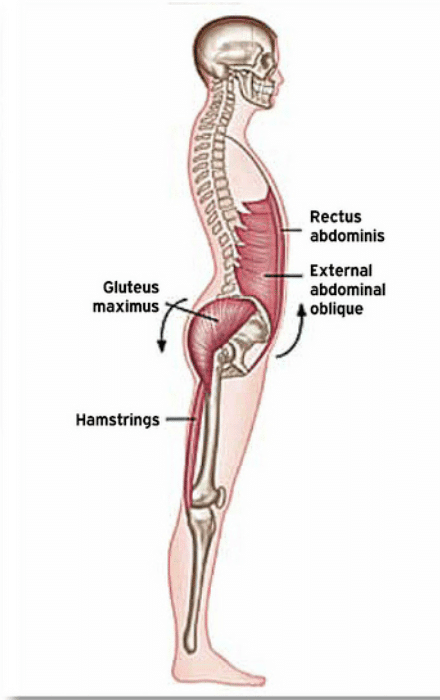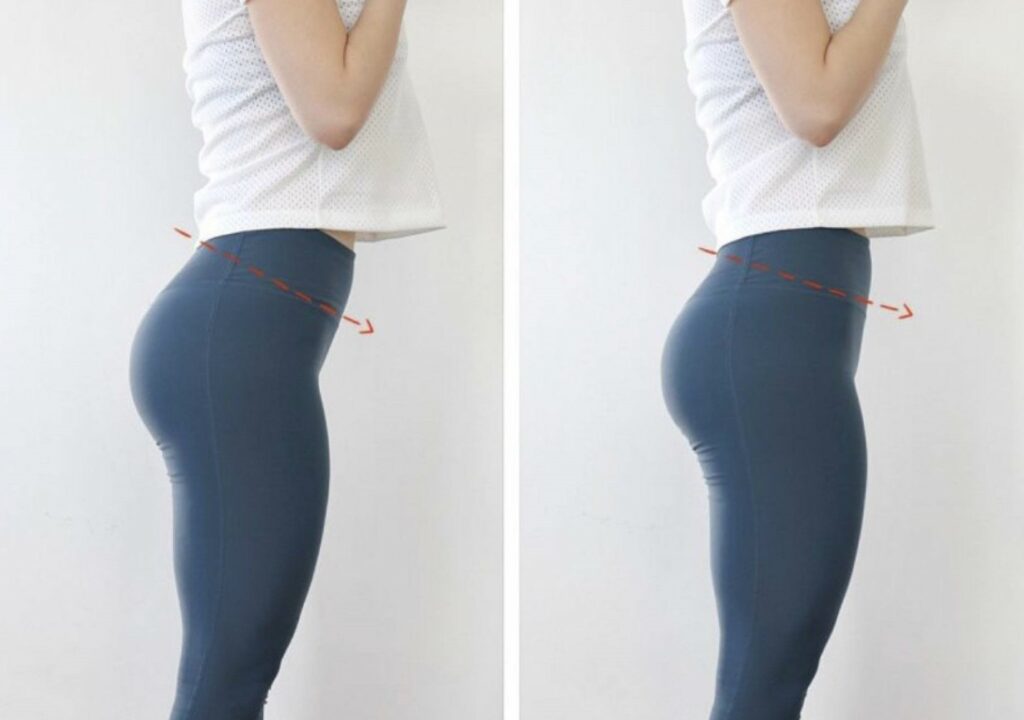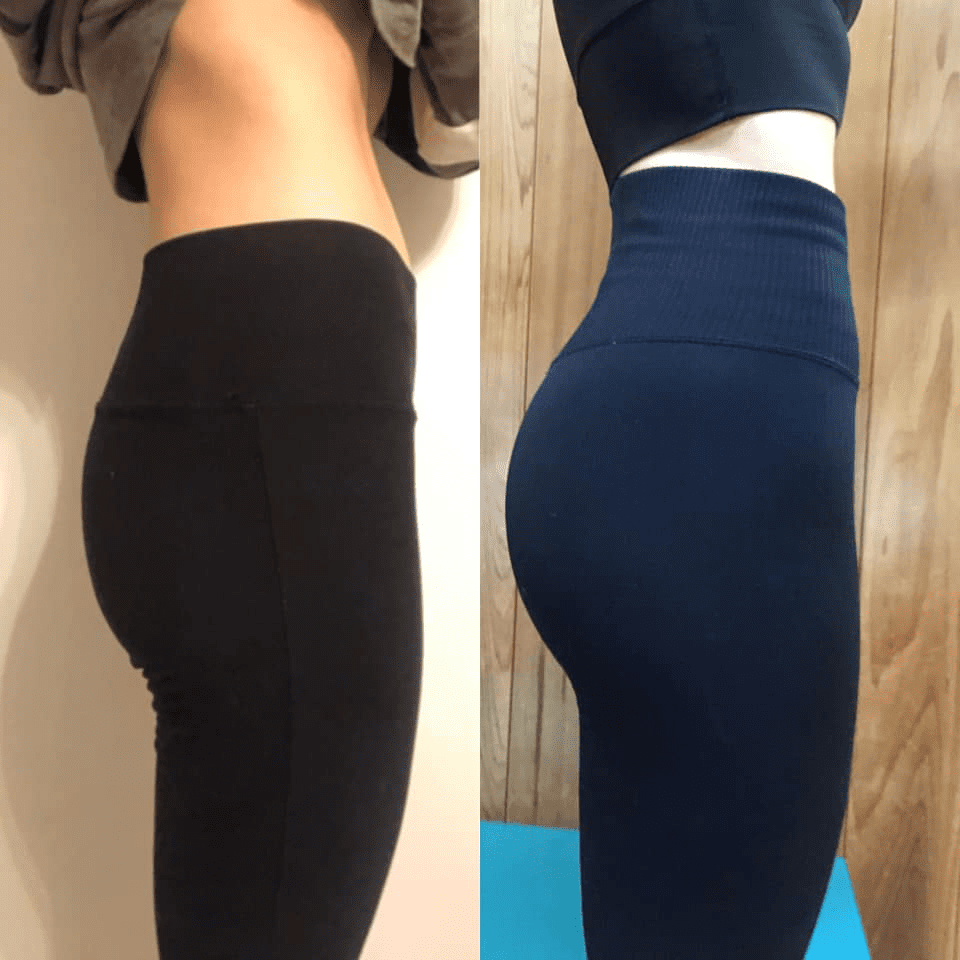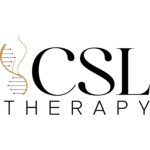Understanding Low-Back Fascial Constriction Resulting in Anterior Pelvic Tilt Post Plastic Surgery: Clinical Observations and Therapeutic Approaches

In the domain of body altering aesthetics, post-surgical observations occasionally reveal intricate physiological shifts, notably low-back fascial constriction leading to an anterior pelvic tilt. This condition manifests in distinct physical indicators, prompting providers to consider referring clients for specific therapeutic interventions, including fascial release techniques by licensed massage therapists and chiropractic adjustments.
Perspectives
Goal: Help clients get the best aesthetic and physiological results to compliment their body goals. It’s bigger than looking good- feeling good ties into looking good and well, sometimes preexisting presentations get in the way of being able to achieve desired goals. For example, having a pelvic tilt reduces the gluteal cuff, places pressure on internal organs, and can even interfere with fertility.
PostOp Providers’ Viewpoint:
- Optimizing Recovery: Postoperative providers aim to facilitate the best possible recovery following plastic surgery. Identifying low-back fascial constriction and its impact on an anterior pelvic tilt allows them to intervene and address these issues during the crucial tissue remodeling phase.
- Enhancing Aesthetic Outcomes: Recognition of these issues empowers postoperative providers to refer clients to specialists for targeted care. Referrals to licensed massage therapists for specific fascial release techniques and chiropractors for adjustments can aid in improving tissue healing and comfort, thereby supporting better aesthetic results.
Noninvasive Body Contouring Tourists’ Viewpoint:
- Client-Centric Approach: For noninvasive body contouring tourists assisting clients in achieving desired aesthetics, understanding post-surgical complications like low-back fascial constriction is pivotal. This comprehension assists in tailoring treatments to complement the ongoing tissue remodeling process.
- Optimizing Treatment Selection: Awareness of issues like an anterior pelvic tilt post plastic surgery influences the selection of noninvasive body contouring techniques. Adapting treatments to align with clients’ evolving physiological changes supports better outcomes and assists in reaching aesthetic goals effectively.

Holistic Strategy for Optimal Results:
Both postoperative providers and noninvasive body contouring tourists can work collaboratively using a holistic approach to enhance aesthetic outcomes:
- Acknowledging and managing low-back fascial constriction and an anterior pelvic tilt is about supporting clients through various phases of tissue trauma remodeling, thereby promoting recovery and minimizing complications.
- By utilizing specialized techniques and adjustments, these professionals contribute to clients’ overall well-being, contentment, and successful achievement of aesthetic objectives.
Clinical Signs and Presentation
Low-back fascial constriction causing an anterior pelvic tilt post plastic surgery might display as:
1. Altered Posture:
Observable changes in pelvic positioning, characterized by a forward tilt resulting in excessive arching of the lower back.
2. Muscle Tension and Discomfort:
Clients may report heightened tension or discomfort in the lower back, often associated with stiffness or limited mobility.
3. Altered Gait Patterns:
Changes in walking style, evident through increased sway in the lower back and modifications in stride length.
4. Visual Asymmetry:
Visually discernible pelvic asymmetry, with one side appearing elevated or more prominent than the other.
5. Potential Pain and Dysfunction:
Persistent lower back, hip, or pelvic discomfort, possibly accompanied by functional limitations.
Referral and Treatment Strategies

Acknowledging these clinical indicators, professionals in the body altering aesthetics industry may consider the following approaches:
1. Licensed Massage Therapy for Fascial Release:
Referring clients to licensed massage therapists skilled in specialized fascial release techniques. These techniques aim to alleviate tension and restrictions within fascial tissues around the lower back, restoring mobility and reducing discomfort.
2. Chiropractic Care for Structural Adjustments:
Collaborating with chiropractors specializing in spinal adjustments and pelvic alignment to address structural imbalances contributing to the anterior pelvic tilt. Through tailored adjustments, chiropractic interventions aim to realign the pelvis, reduce tilt, and address associated musculoskeletal dysfunctions.
Conclusion: Advocating Comprehensive Care for Optimal Recovery
Identifying and managing low-back fascial constriction leading to an anterior pelvic tilt post plastic surgery necessitates a comprehensive care approach. The synergy between licensed massage therapists employing specialized fascial release techniques and chiropractors providing customized adjustments offers a holistic strategy to mitigate structural imbalances and restore optimal biomechanical function.
Recognizing the dynamic relationship between surgical alterations and ensuing physiological adjustments is pivotal for guiding providers toward advocating multidisciplinary care. By embracing these collaborative interventions, practitioners in the body altering aesthetics industry ensure holistic wellness for their clients, fostering enhanced postoperative recovery and augmenting overall satisfaction and well-being following aesthetic procedures.

